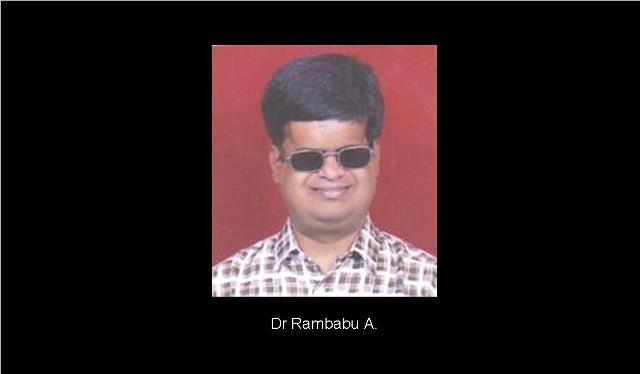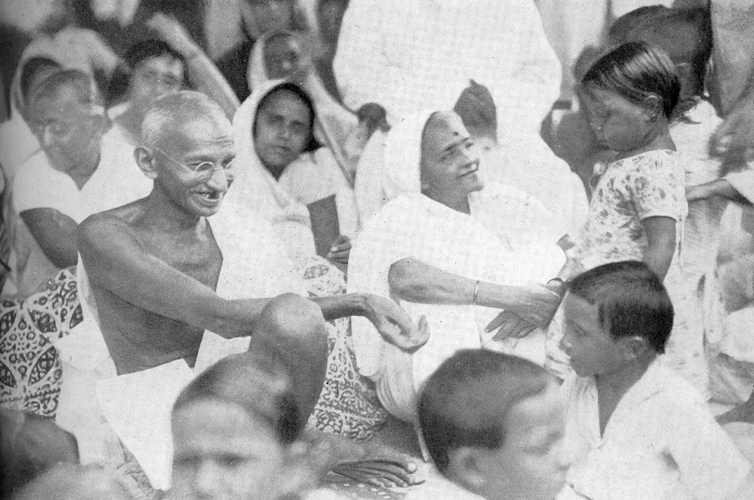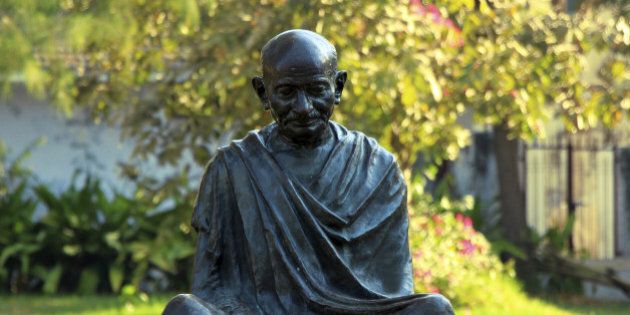Cultivating a Literary Sensibility: Exploring the Love for Libraries
Cultivating a spirit of reading is a gift that quality education must give to the learners. It is an open access to the rich world of books that helps us open our horizons and connect to the world beyond limitations. In the contemporary age what kind of challenges does this important task involve and what are the ways to take this forward? Here is an article that explores this important idea.
Urvashi Nangia has completed her Masters in Economics from London School of Economics and an M.Phil. in Education from Tata Institute of Social Sciences. She is currently working as an Independent Researcher .
Reading is one of the most powerful ways to put our children on the path to becoming life-long, independent and motivated learners. Cultivating a love for reading means that children are no longer dependent on prescribed textbooks or school teachers alone, but are able to access all kinds of resources – current as well as age-old – to broaden their horizons. Reading books not only quenches our childrens’ thirst for knowledge but further propels their journey to make sense of both their inner worlds and outer. Inculcating a love for reading via the establishment of libraries at school has been a long-time aim included in various educational policies historically. According to the National Curriculum Framework 2005, “School libraries have been a subject of policy recommendations for a long time, but a functioning library in the school continues to be a rarity. It is important that future planning treats the library as an essential component of the school at all levels”. According to DISE 2015-16, 83% of schools in India have libraries but their condition needs much improvement. The question then arises – how do we ensure that the existing libraries are vibrant spaces for learning in our schools? Prof. Krishna Kumar, stresses on developing a need for libraries in our Education system, which is bogged down by a textbook-culture, rote learning and examinations. This kind of pedagogy discourages and demotivates the children’s desire to know and learn. He argues that, “Unless the methods used for teaching and learning to read are changed during childhood itself, we cannot see the dream of the library becoming a consolidated part of the school system and the desire for learning in children developed”. Observations during a three-month research project at Digantar School, Jaipur reveal many insights into ways in which libraries can be successfully integrated with teaching of subjects like Environmental Sciences and Language.
Primary school teachers at Digantar share, that they use various books other than the prescribed textbooks, as frequently as two-three times a week, for teaching language. This, they say, is important because it gives the children confidence to read and understand books other than their textbooks. Reading is followed up with activities like narrations, discussions, enactments, drawing etc., all of which help sharpen comprehension and reflection abilities among students. In fact, all students get to write their own stories as well. The school also gives its students ample opportunity to share their thoughts and ideas with teachers, fellow students and a wider audience via their in-house publication, ‘Batuni’.
Author Susan Engel puts it wonderfully when she says, “The stories we tell, whether they are about real or imagined events, convey our experience, our ideas, a dimension of who we are. It is through telling stories that children develop a personal voice, a way of communicating their unique experience and view of the world”. There are many more ways in which an integration of the library with regular teaching learning processes can be ensured. This holds immense potential for a meaningful pedagogy, which stresses learning with understanding rather than rote memorization. Unfortunately, the quality of books stocked in our libraries is a huge concern. Saddened by the current state of affairs, Prof. Kumar stresses on the need for good quality children’s literature. He shares, that questions like – the kind of books to be selected, criterion for selection, qualification of people responsible – must be thought through very carefully. Keeping a broad and varied selection, which gives weightage to both the children’s as well as the teacher’s interests, different genres (humour, adventure, poetry, non-fiction, magazines etc.), different languages (including bi-lingual titles) as well as different reading levels (wordbooks, picture books, graded readers etc.) increases the chances of students liking books. Some of the ways in which good quality children’s literature can be selected are by looking at the recommended booklists of Children’s Book Trust, National Book Trust, CBSE etc., building a knowledge base of publishers like Eklavya, Tulika etc. and also visiting book fairs with students and incorporating their preferences. There are a number of good resources available on the Internet as well. Dr. Arvind Gupta has created a huge, freely available, online repository of good educational books. He has translated many gems from English to Hindi and Marathi, so that the wealth of knowledge is not bound by language. For creating a library that is alive and exciting, it is important to devise various ways to foster its usage. Starting with combating our fear of losing books! Books must be lent out to children, so that they can take their own time to look, read, understand and reflect on the same. Keeping books locked inside cupboards is not the goal. Libraries will undeniably lose books, but once students start valuing the importance of common resources, this too will decrease. Welcoming a book back, playing the role of book-doctors, adopting a book are some of the activities that can be taken up to inculcate a caring attitude among children. Further, it is important to give children time for browsing and selecting whatever they like. Arranging books within easy reach of children and trusting them to pick books according to their own choice, helps in building the child’s relationship with the library. Many schools like to categorize books according to the learning levels of students. However, given the varying levels of understanding present in any classroom, it is better to give the students the choice of selection themselves. The students will invariably pick up books they can relate to in some way. Further, the library must go beyond mere lending and borrowing. Usha Mukunda shares her invaluable experiences as the founding member of an Open Library at the Centre for Learning, Bengaluru. She stresses that, “Young children are drawn to stories and are full of curiosity and wonder. Usually this moves naturally into a love of reading. But we may uncaringly or unwittingly damn this natural surge”.
She elaborates on various activities that can be used to encourage reading. Some of them include read-aloud’s, oral narrations, discussions, book reviews, dramatizations, book-auctions, illustrating characters/stories, writing stories, book talks, making book covers etc. Activities like readalouds and storytelling work like a magnet for young students into the magical world of books. Bookworm, an NGO based in Goa, conducts library sessions that typically start with an icebreaker activity, move into a read-aloud followed by an extension activity. They use huge, blownup versions of storybooks for their read-aloud’s, so that all students can easily see the illustrations while the volunteer narrates the story. The exten
sion activities take some elements from the story and usually involve a fun literary component. Most students are completely spellbound during these sessions. And the circle of children can often be seen huddled very close to the story-teller by the end of the narrations. These are exciting activities, which help the children get more familiar with language and further fuel their desire towards reading.
Libraries at the Centre for Learning and Digantar also present excellent examples of how a library can be open to students at different times of the day. At Digantar, students can read, borrow and return books on any day of the week, during their one-hour lunch break. What is encouraging is that many students take advantage of this opportunity. If the intention is to give the best to our children, and society at large, then exploring different ways on how the libraries can be made more relevant, more vibrant and an indispensible part of the schooling system is an absolute necessity.
References:
Engel, Susan. 1995. ‘The World of Children’s Stories’ in The Stories Children Tell: Making sense of the narratives of childhood. New York: W.H.Freeman and Company.
Kumar, Krishna. 2008. Preliminary Speech, ‘School Libraries and Reading’, International Conference at Vidya Bhavan Society.
Mukunda, Usha. 2006. ‘The Open Library’, in Educating for a Sane Society. Bangalore: Centre for Learning.
Nangia, Urvashi. 2017.’A Library Saga’, in Teacher Plus, February. NCERT. 2005. National Curriculum Framework, 2005. New Delhi: NCERT. Thomas, Jennifer. 2013. ‘Tales in a Red Van’, in Teacher Plus, March.
This article is published in The New Leam, MAY 2017 Issue( Vol .3 No.24 ) and available in print version. To buy contact us or write at thenewleam@gmail.com
The New Leam has no external source of funding. For retaining its uniqueness, its high quality, its distinctive philosophy we wish to reduce the degree of dependence on corporate funding. We believe that if individuals like you come forward and SUPPORT THIS ENDEAVOR can make the magazine self-reliant in a very innovative way.













